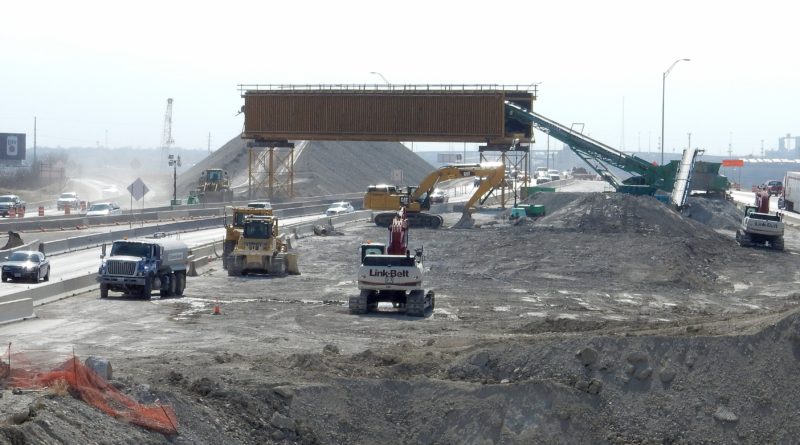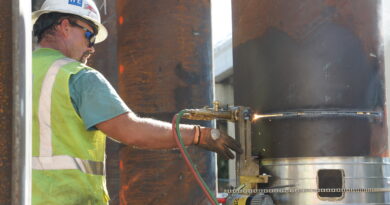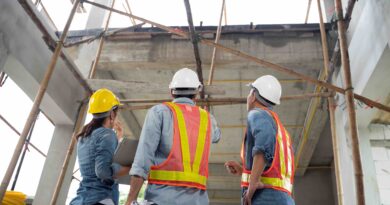New ‘4/5 Bridge’ Conditionally Approved for South Texas Border
According to Microsoft Start, President Joe Biden has approved the construction of a new international bridge connecting the U.S. and Mexico south of Laredo, Texas. The bridge would be the fourth international bridge connecting the Mexican state of Tamaulipas with Laredo, and the fifth bridge in Webb County, one of which leads to the neighboring Mexican state of Nuevo León.
Biden signed the presidential permit on Thursday. It is subject to certain environmental conditions but allows the project to start.
His approval comes nearly four months after the president issued construction and expansion permits for three other international bridges in South Texas.
Webb County Judge Tano Tijerina called the signing of the 4/5 Bridge “a moment that will be etched in the annals of Webb County’s history.”
The project has been in the works for nearly two decades and Tijerina called it a “significant milestone” to improve trade and relations between Mexico and the United States.
“With this signing, we herald the establishment of Tamaulipas’s fourth international bridge and Webb County’s fifth, symbolizing a new era of connectivity and collaboration,” Tijerina said in a statement. “This is just the beginning of a brighter future for our people.”
The bridge is to be built southeast of Laredo near the small towns of Rio Bravo and El Cenizo and will be designed to accommodate commercial, vehicular and pedestrian traffic to and from Mexico.
The new 4/5 bridge will connect to State Highway 359 and Interstate 35, which leads to San Antonio.
Republican U.S. Rep. Monica De La Cruz’s South Texas district spans from south Hidalgo County north toward San Antonio. She says the bridge will help facilitate trade for the region.
“I am pleased to see the Biden administration take this important step forward for our border communities,” De La Cruz said. “Approving the Laredo 4/5 International Bridge permit is a win for Texas and America. This new bridge will facilitate increased trade, ease congestion at existing crossings, and create jobs and economic opportunities for communities on both sides of the border.”




